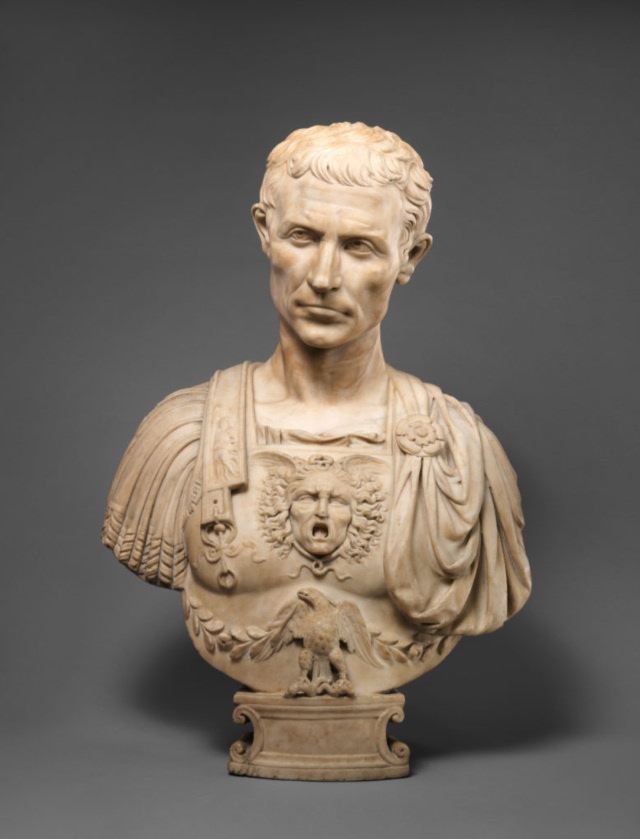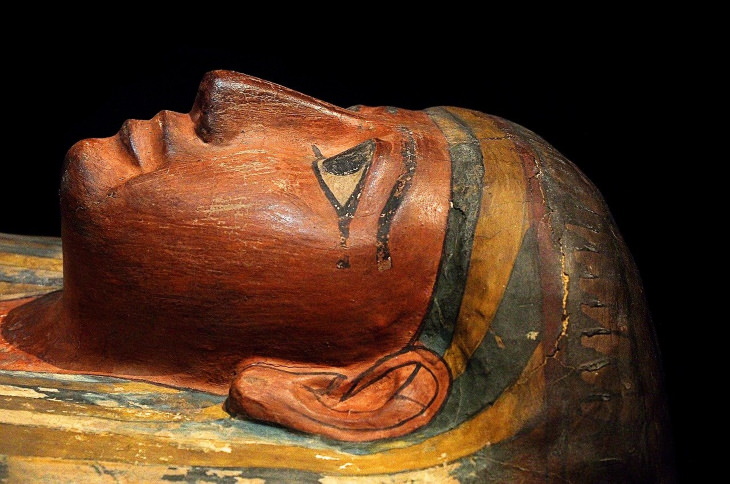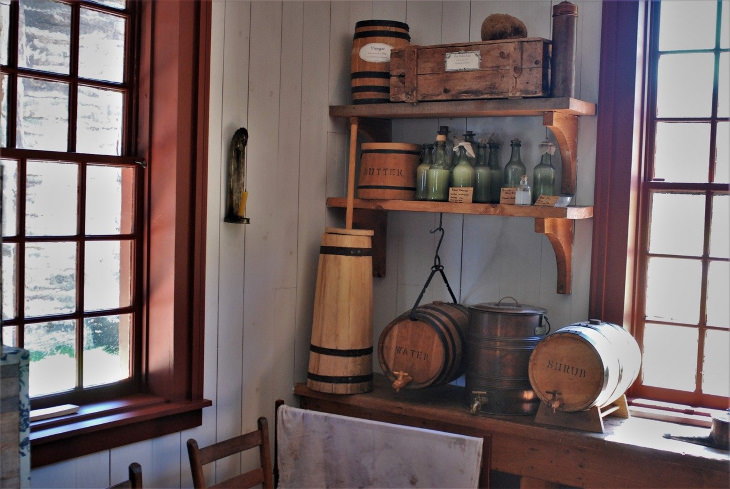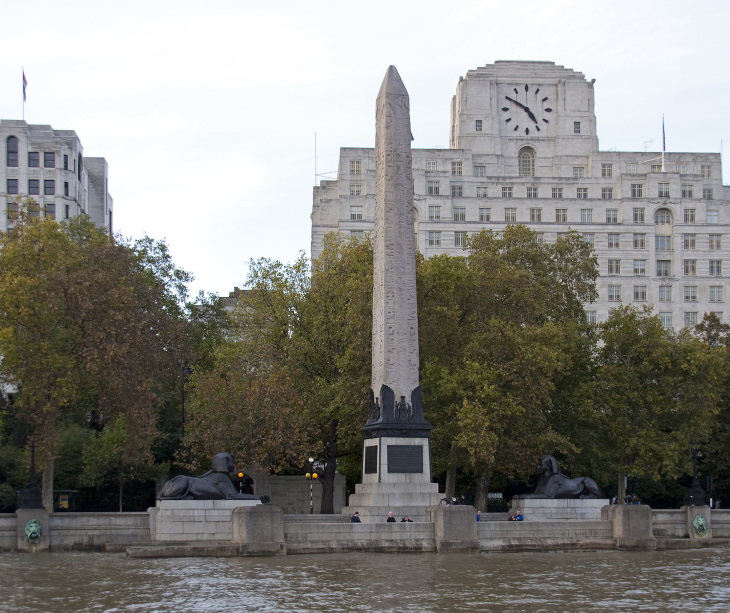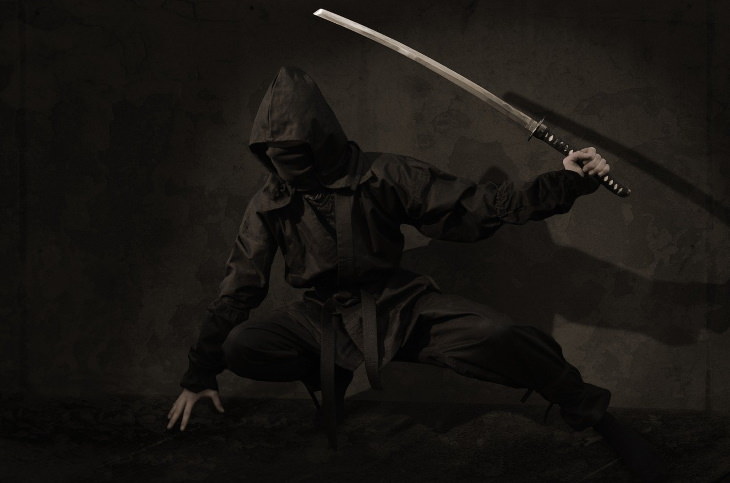1. All Ancient Romans wore togas
Fashion trends come and go. And even the Ancient Roman toga - the garment we associate with Roman emperors, philosophers, and writers - was not spared by ever-changing fashion trends. The 5th century BC was the heyday of togas: men, women, and children wore these garments. Mind you that only the wealthy could afford a toga. As the Roman poet, Juvenal, once wrote, “there are many parts of Italy, to tell the truth, in which no man puts on the toga until he is dead.”
By the 2nd century BC, women stopped wearing togas altogether, and by the time the Roman Empire had been founded, the article of clothing was reserved solely for formal occasions. It also needs to be pointed out that togas are outerwear and were never worn alone. Underneath the toga, one would wear a tunic, a short-sleeved knee-long garment.
2. The Great Wall of China is visible from space
There’s no doubt that the Great Wall of China is an outstanding architectural marvel, but despite popular belief, it cannot be seen from space. This so-called fact is not only false, but it actually predates the first human spaceflight by decades. One travel writer and adventurer named Richard Halliburton made the claim that the Great Wall of China was “the only man-made object visible from space” in the distant year of 1938. This myth was busted by scientists countless times since, but it refuses to go away to this day.
3. Julius Caesar and the caesarian section
What do Julius Caesar, the caesarian section, and the caesar salad have in common? The right answer is - nothing at all! But the myth that Caesar was born by caesarian section persists to this day. In reality, Caesar was born by natural birth because historians know that his mother survived the birth. As to the surgical procedure, the Caesarian section got its name from the term Lex Caesarea, or “the law of Caesar,” which made it legal for the newborn to be extracted from the womb if the mother didn’t survive childbirth.
4. Speakers of Old English said “ye” instead of “the”
If you were to learn Old English from the media, or the copious number of Anglo-Saxon-inspired inns, shops, and pubs in the UK and other countries, you’d probably think that Old English speakers said “ye” in place of “the.” In reality, people still said “the” back in the day, but it was written differently. Old English had a written character called thorn (þ) that we now replace for “th.” When printing machines first appeared, they were imported from Germany and Italy, neither of which had the letter thorn. So, the way they wrote thorn was y with a superscript e. Hence, all ye confusion.
5. Mummies have medicinal properties
As unhygienic as it may sound today, powdered-up mummies were used in medicine up until the late 18th century. These powders labeled as “Mumia” were used to prepare liquid tinctures and plasters to treat bruises and bleeding. Mummy powder was also used for other purposes, such as the productions of paint. This is how we get the colors mummy brown and mummy violet in art.
6. Old Southern homes had separate kitchens to prevent fires
There’s a common belief that old homes in the American South had unattached kitchens to prevent house fires. In reality, the reason for this was different but also just as practical. It all boils down to the climate. Due to very hot weather and lack of air conditioning, colonial-era kitchens in the south were built separately from the living quarters.
Climate is also the reason why northern colonial buildings had attached kitchens. The inhabitants of the home wanted to use the warmth coming from the kitchen in the fall and winter, so their kitchens were as close to the living quarters as possible.
7. The German Autobahn was built by Hitler
It’s safe to say that the German Autobahn is world-famous. But there’s one myth related to its creation that should go away: Adolf Hitler had no connection to Germany's federal motorway. As a matter of fact, the Autobahn was already there in 1931, years before the dictator of Nazi Germany became chancellor.
8. The thumbs up and thumbs down gestured originated at Roman gladiator fights
The exciting but sadly false origin of these two iconic gestures goes as follows. When the emperor of Rome ruled that a gladiator must be killed at the end of a fight, he turned his thumb down. A thumbs-up gesture, on the other hand, meant that the gladiator’s life would be spared.
Shockingly, neither of the two gestures is historically accurate. The real gesture that signaled the death of a gladiator is called pollice verso, which can be translated as “turned thumb.” The gesture that would let a gladiator live, on the other hand, is known as pollice compresso, or “compressed thumb,” during which one hides their thumb inside the fist.
9. Cleopatra's Needles were built for the famous Ancient Egyptian queen
Two Ancient Egyptian decorated obelisks known as Cleopatra's Needles exist in the world. One is located near the Metropolitan Museum of Art in New York City, and the other one stands on the Embankment in London. Ironically, none of the two obelisks were created for the famous Ancient Egyptian queen. Both of them were built for Pharaoh Thutmosis III, the greatest of Egypt's warrior pharaohs who ruled almost 1,500 years before Cleopatra VII.
10. Ninjas wore only black clothing
According to every Western movie and cartoon we’ve seen, ninjas are supposed to wear black clothing that allows them to sneak into the enemy’s lair and assassinate their target without anyone else noticing them. And while that second part is true - ninjas were indeed secret agents that worked covertly - their uniform is fictional.
On the contrary, most ninjas dressed in everyday clothing or wore the enemy’s uniforms to conceal themselves and confuse the enemy. The ninja uniform we’re so used to seeing in the cinema, in turn, was most likely borrowed from the puppet handlers who work at the bunraku theater. These puppet masters wear black clothing to blend into the background.
Please share these fascinating myths with others!



